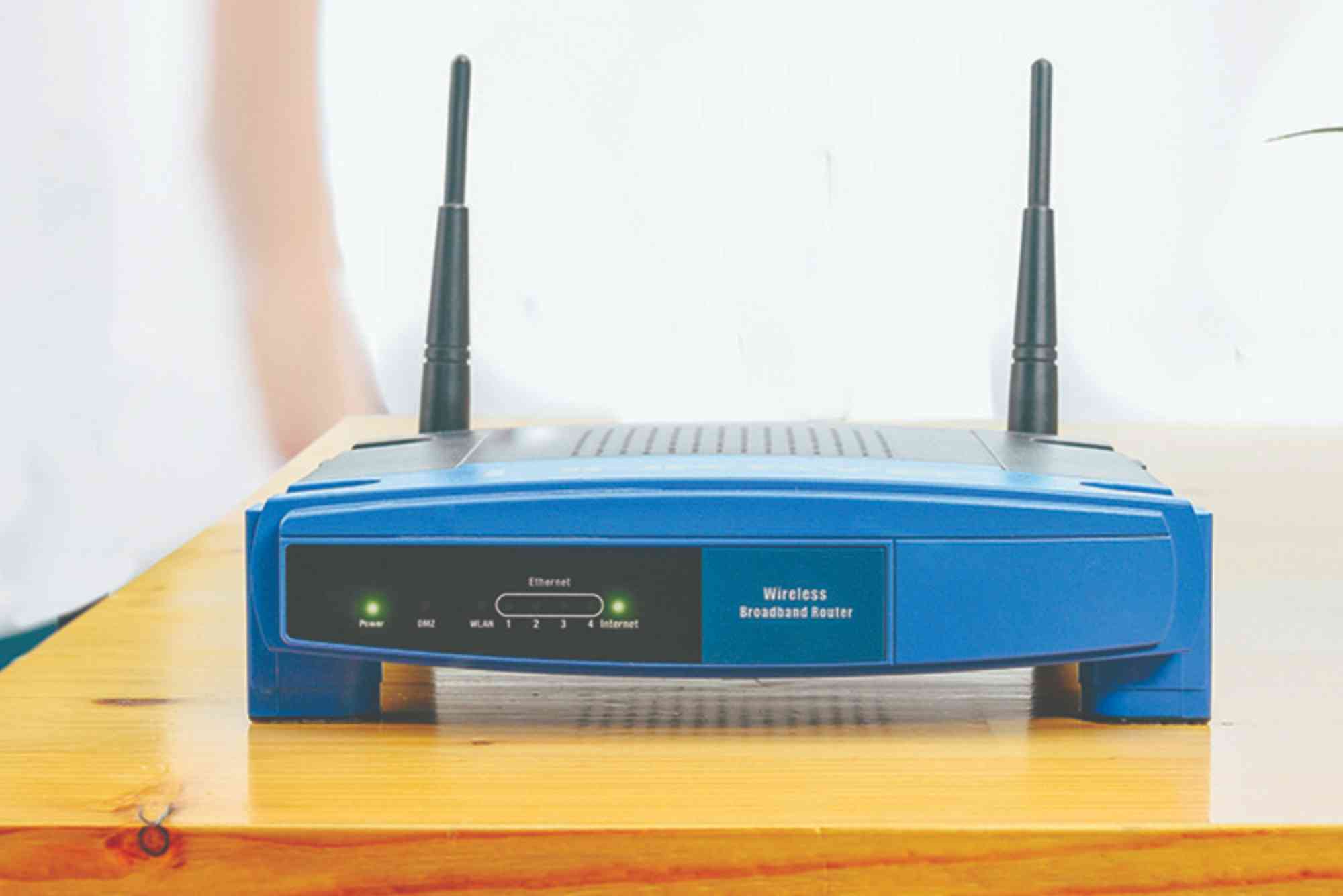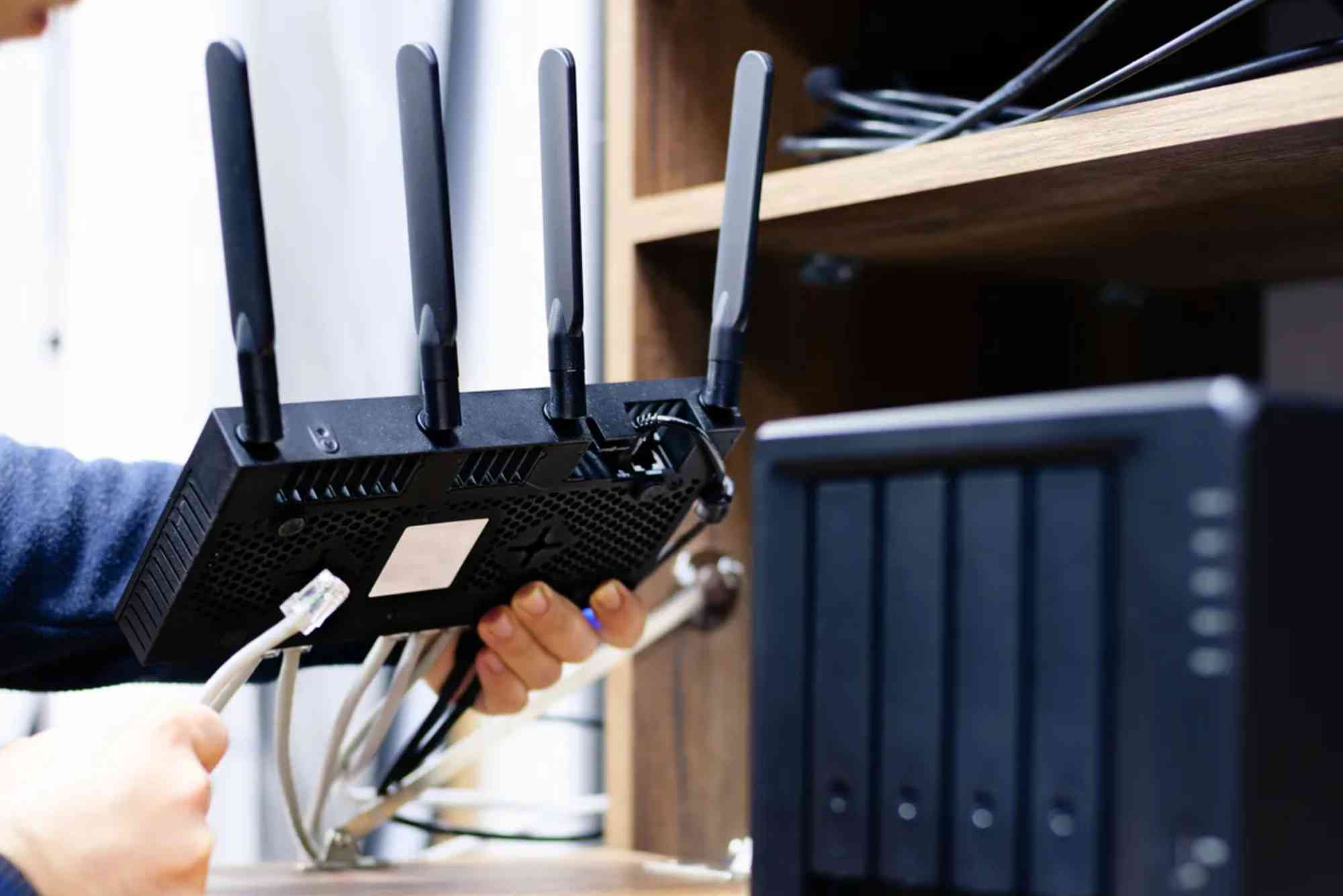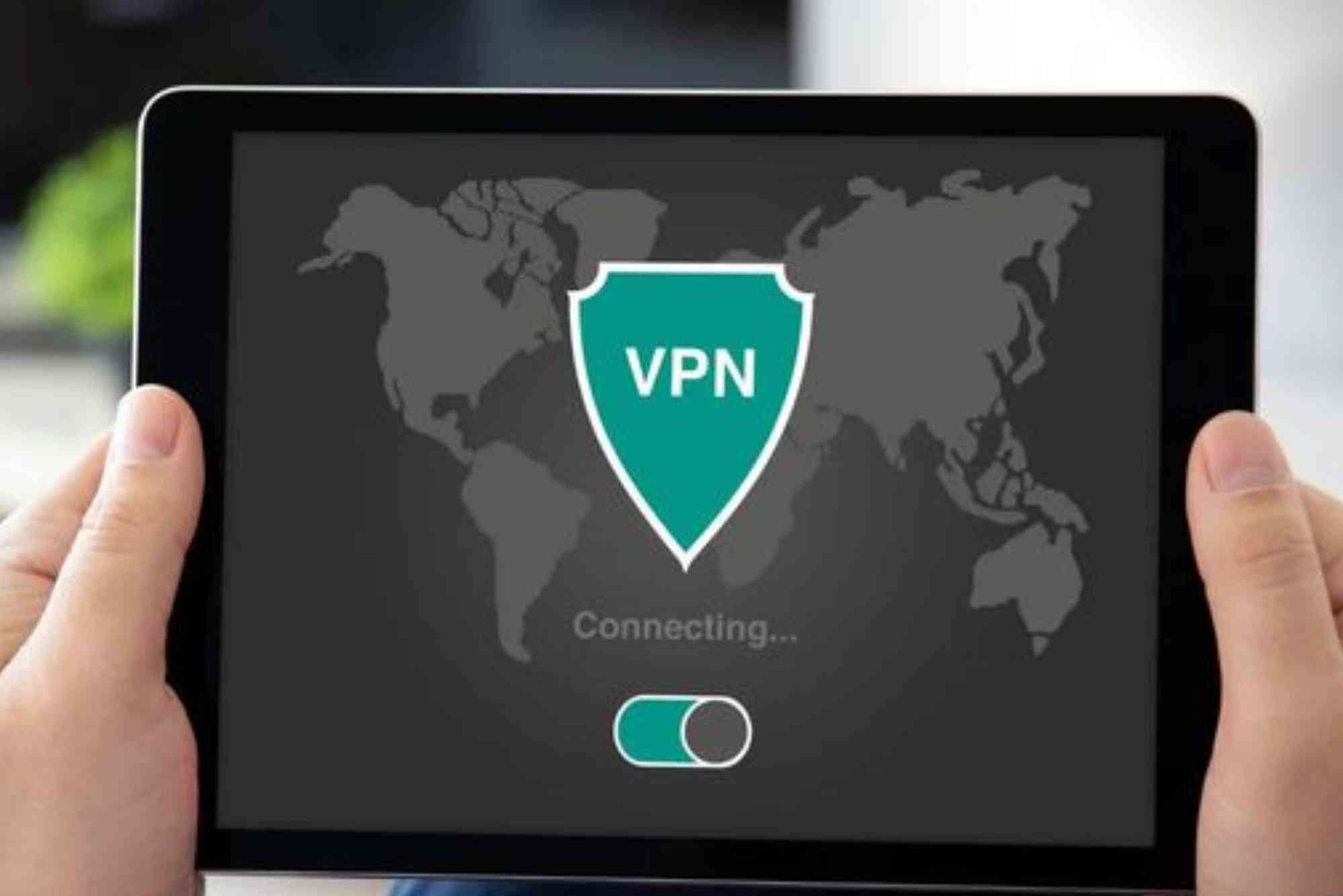Fiber Optic Internet Availability in Rural Areas
Access to fast and reliable internet is essential today, yet many communities still struggle with limited connectivity. While urban centers enjoy gigabit speeds, rural towns often rely on slower DSL or satellite connections. This gap makes fiber optic internet in rural areas an important topic. Fiber technology offers unmatched speed, stability, and reliability. However, rolling it out in remote regions comes with unique challenges.
In this guide, we’ll explore how fiber optic internet works in rural areas, its benefits, the challenges of availability, government initiatives, and how you can check if it’s an option for your community.
What Is Fiber Optic Internet?
Fiber optic internet uses thin strands of glass or plastic fibers to transmit data as pulses of light. Unlike copper cables, fiber delivers data at near-light speeds with minimal signal loss.
How Fiber Differs from Cable or DSL
- Speed: Fiber offers symmetrical upload and download speeds, while cable and DSL are slower.
- Reliability: Less prone to interference from weather or distance.
- Scalability: Capable of supporting future technology needs for decades.
Why Fiber Optic Internet in Rural Areas Matters
Many rural residents depend on internet access for work, education, and healthcare. Unfortunately, traditional options like satellite often have high latency and data caps. That’s where fiber optic internet in rural areas becomes a game changer.
Key Benefits for Rural Communities
- Remote Work & Business: Enables video conferencing, cloud services, and e-commerce.
- Education Access: Students can attend online classes without interruptions.
- Healthcare Improvements: Supports telemedicine with high-quality video calls.
- Property Value Growth: Homes with fiber internet often see higher resale values.
Challenges of Fiber Internet Expansion in Rural Areas
Rolling out fiber in remote regions isn’t as simple as laying cables.
High Infrastructure Costs
Running fiber lines across long distances with fewer households per mile is expensive.
Geographic Barriers
Mountains, forests, and rivers can complicate installation.
Limited ROI for Providers
Fewer customers mean lower profits for internet service providers, discouraging investment.
Government Support and Rural Fiber Projects
To bridge the digital divide, governments have launched several programs.
The Role of Federal and Local Funding
Grants and subsidies help offset costs for providers building fiber networks in rural communities.
Examples of Ongoing Initiatives
- Rural Digital Opportunity Fund (RDOF): Expands broadband in underserved areas.
- State-Level Grants: Many states offer additional funding to accelerate fiber deployment.
Alternatives While Waiting for Fiber
Not every rural community has fiber yet. In the meantime, residents often turn to other solutions.
Satellite Internet
Widely available but suffers from high latency.
Fixed Wireless
Uses radio signals for faster speeds, though availability depends on terrain.
DSL or Cable (Where Available)
Still common but often much slower than fiber.
How to Check Fiber Optic Internet Availability
Curious if your area has access?
Steps to Find Out
- Search your address on provider websites.
- Contact local ISPs directly.
- Ask neighbors about recent fiber installations.
You can also explore providers like Dhanote Internet Services, which are expanding coverage and offering reliable connectivity in growing areas.
Future of Fiber Optic Internet in Rural Areas
The outlook is promising. With government backing, private investment, and rising demand, fiber optic internet in rural areas will continue to expand. As more infrastructure is built, rural residents can expect the same internet experience as those in cities.
FAQs
Is fiber optic internet available in most rural areas?
Not yet. Availability is growing but still limited compared to urban regions. Many projects are underway to expand access.
Why is fiber optic internet better for rural areas?
It provides faster speeds, low latency, and more reliability than satellite or DSL. This makes it ideal for modern needs.
How much does fiber internet cost in rural areas?
Prices vary by provider but generally range from $50–$100 per month, depending on speed and plan.
Who is bringing fiber optic internet to rural areas?
A mix of local ISPs, government-backed projects, and private companies are investing in rural fiber expansion.
Can I request fiber installation in my rural area?
Yes, many ISPs accept requests. If enough residents show interest, providers may prioritize expansion.
The demand for fast, reliable internet will only continue to grow. While challenges remain, the future of fiber optic internet in rural areas is bright. With government support and providers like Dhanote Internet Services, rural communities are steadily catching up to urban connectivity.








